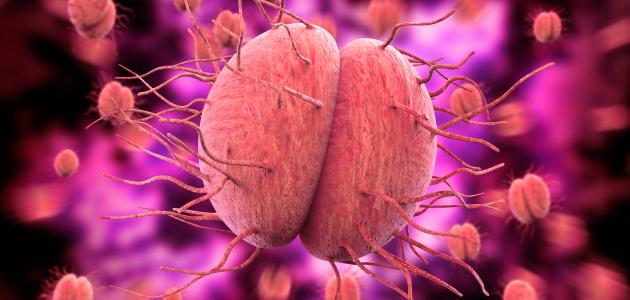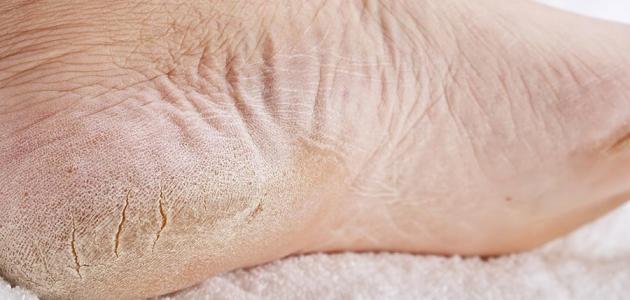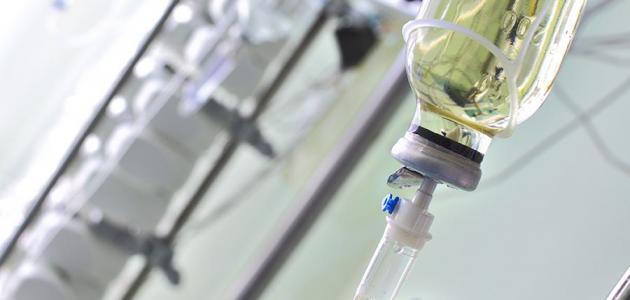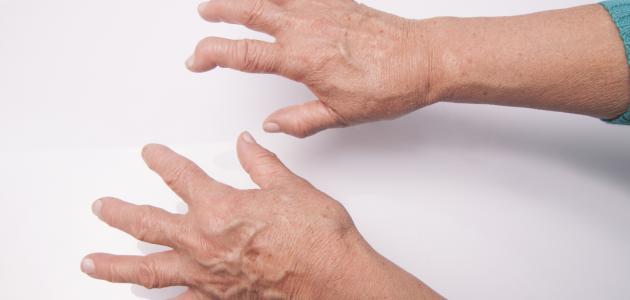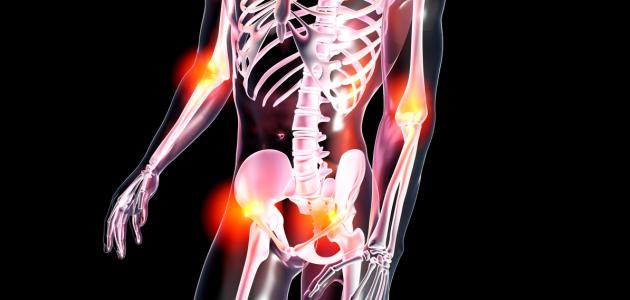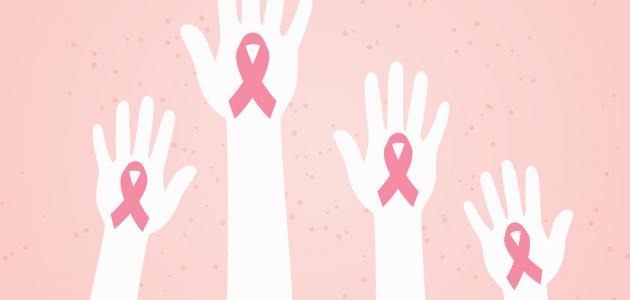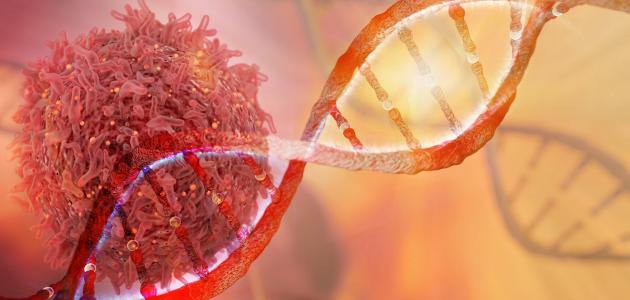Contents
Gonorrhea
Classifies gonorrhea within the diseases transmitted sexually , and is caused by the bacteria Neisseria , according to statistics of the number of estimated injuries each year approximately 78 million case around the world, the disease affects the genital area, throat , and eyes, and is Gonorrhea is one of the diseases that can be effectively treated, but infection with this disease in some cases leads to serious health complications that may reach the stage of infertility . [1] [2]
Diagnose gonorrhea
Gonorrhea can be diagnosed through a number of different diagnostic tests, including the following: [1] [3]
- Take a sample of the fluid area infected and put it on a glass slide, then add special dye and examine the sample under a microscope to detect the presence of bacteria, and in case of doubt transmission to one of the joints or moving to the blood can carry out the withdrawal of a blood sample, or a sample of the joint fluids through A dedicated needle, and the sample is subject to laboratory examination to detect the presence of bacteria, and this method is characterized by its ease and speed of results, but it is not able to give definite results about infection with the disease in some cases.
- The disease can be detected by growing the sample taken from the site of infection in a special dish under specific conditions suitable for the growth of bacteria, as it is left for several days, and if a bacterial colony of the type of Neisseria brown bacteria appears on the plate, the patient is diagnosed as having gonorrhea.
- The modern diagnostic method depends on the detection of the genetic material of the bacteria by performing the polymerase chain reaction test, which gives quick results compared to other tests, but its cost is high.
Symptoms of gonorrhea
Gonorrhea may not be accompanied by any symptoms in some cases despite the activity of bacteria inside the body, and cases of disappearance of symptoms are more common in women than men, especially in the early stages, which may lead to health complications as a result of keeping the disease untreated. Symptoms appear in them, they begin to appear within a period ranging from one to fourteen days of infection, and the symptoms associated with the disease differ slightly between women and men, and the following is an explanation: [2] [4]
- Symptoms appearing on men and women: A group of symptoms appear in both men and women alike, including the following:
- Feeling pain or burning during urination .
- Feeling of pain, itching, or bleeding in the anal area.
- Difficulty swallowing .
- Swollen lymph nodes in the neck.
- Feeling of pain in the eyes, or a pus-like discharge from the eyes.
- Feeling of pain and swelling in the joints.
- Symptoms specific to men: As for symptoms that may appear on men in particular; Among them are the following:
- A yellow, green, or white discharge that looks like pus from the penis.
- Feeling of pain and swelling in the testicles or scrotum.
- Symptoms specific to women: Regarding the symptoms that may appear on women; Among them are the following:
- Feeling pain during sexual intercourse.
- Vaginal secretions that are yellow or green in color.
- Infection with fever .
- Vulvar swelling.
- Bleeding between menstrual periods.
- Increased menstrual bleeding.
- Bleeding after sexual intercourse.
- Vomiting and feeling pain in the stomach or pelvis.
Gonorrhea complications
In many cases, gonorrhea causes a number of serious health complications if the disease is left untreated. Among these complications, we mention the following: [5]
- Female infertility: The infection may spread to the uterus and fallopian tubes if it remains untreated, leading to infection with pelvic inflammatory disease, which requires immediate medical intervention as it may cause The occurrence of scarring in the fallopian tubes , and an increased risk of pregnancy complications and infertility in women.
- Male infertility: Untreated gonorrhea in men may lead to epididymitis (Epididymitis), and the epididymis is a small tube coiled in the back of the testicles, and it contains sperm ducts, and epididymitis is treatable, but if left Untreated, a man may become infertile.
- Spread of infection in the body: The bacteria that cause the disease may move into the bloodstream, which leads to its spread in different parts of the body, resulting in fever, skin sores, rashes , joint pain and swelling or stiffness.
- High risk of contracting AIDS: As people with gonorrhea become more susceptible to contracting AIDS .
- Fetal complications: The disease may be transmitted from the infected mother to the fetus during childbirth, and it results in the occurrence of some serious complications for the newborn, such as loss of vision , the appearance of skin ulcers on the scalp, and infection.
Treating gonorrhea
Researchers have not been able to find an effective vaccine to prevent gonorrhea until now, but there is a group of modern antibiotics that are effective in eliminating the disease, and the treatment of gonorrhea is by giving the patient a single intramuscular injection of ceftriaxone , or by taking a single dose of the oral drug Azithromycin, so that the symptoms of the disease begin to disappear within a few days, and it is worth noting that the emergence of new strains of bacteria that are resistant and cause the disease to antibiotics will make it more difficult to eliminate them, which requires getting The patient is on a broader treatment that covers several types of bacteria and for a longer period of time. It may require the patient to be given oral antibiotics for seven continuous days, or to follow the dual treatment method, using two different types of antibiotics.[1]
References
- ^ A b T. Dale Kiefer, Justin Sarachik, "Gonorrhea" , Www.healthline.com , Retrieved 4-5-2018. Edited.
- ^ A b Lori Smith 's (13-12-2017), "What ' To Know About Gonorrhea" , www.medicalnewstoday.com The , Retrieved 4-5-2018.
- ↑ Melissa Conrad Stöppler, "Gonorrhea in Women" , www.medicinenet.com , Retrieved 4-5-2018. Edited.
- ↑ "Gonorrhea - CDC Fact Sheet" , www.cdc.gov , 4-10-2017, Retrieved 4-5-2018.
- ↑ "Gonorrhea" , www.mayoclinic.org , 6-2-2018, Retrieved 4-5-2018. Edited.
